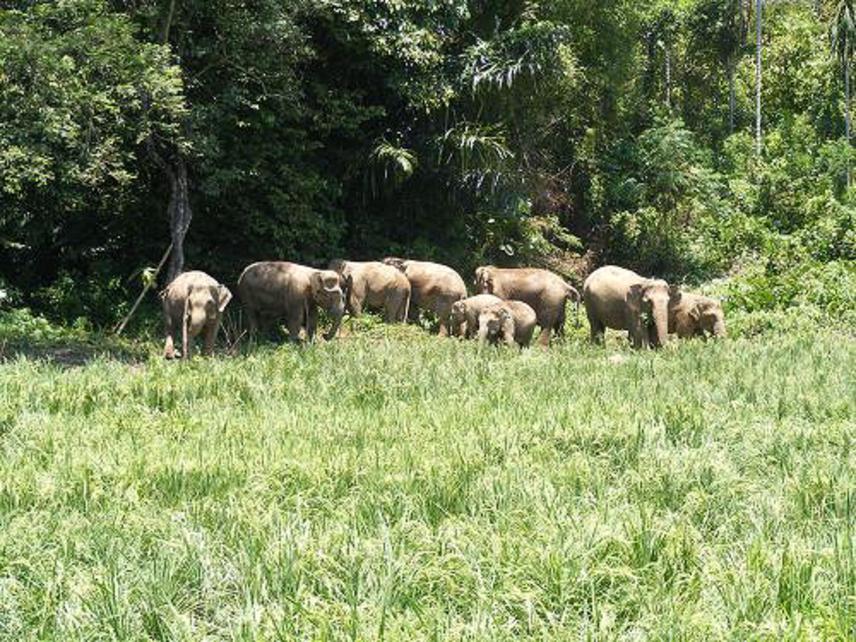Gaius Wilson
Other projects
20 Dec 2007
A Study of Invasive Weeds and their Impact on the Elephant Habitat in the Nilgiri Biosphere Reserve, South India
This project tackles human-elephant conflict by understanding pressures on elephant habitat (e.g. population size and ranges, habitat loss and degradation).

This project will provide specific demographic-based guidelines for management strategies of elephants and their habitats through obtaining crucial background data on elephant population and demographics to establish how different forest types (lowland, montane, primary, and degraded) correlate with elephant usage and density (O1) and record the nature and scale of human-elephant coexistence (O2) within LES. These data are needed by local conservation agencies (e.g. FKL and HAkA) to identify the most important areas for establishment and expansion of the wildlife sanctuary that FKL/HAkA have recently received support for (http://leonardodicaprio.org/sanctuary-inaceh-indonesia/).
Their recent success needs support and effort to ensure its continuation and the establishment of a lasting legacy to support the envisaged wildlife reserves. The essential information they need requires resources that they do not currently have access to an accurate determination of the status of wild forest elephants of Sumatra and their preferred habitats within LES. Secondly, it is essential to understand the dynamics and nature of the relationship between local communities and elephants to produce these guidelines.
The key outcomes of this work are improving conventional strategies integrating population demographics into essential and critical management strategies and policies in a developing country derived from (O1) unique knowledge of elephant population and demography within LES, characterised for habitat types within this diverse ecosystem; and (O2) through greater understanding of the escalating HEC in the region and clear identification of how and why HEC is increasingly leading to conflict and destruction of both elephants and their habitats. To effectively manage a population it is essential to monitor population size and composition reliably to detect demographic changes. The current lack of knowledge on elephant population size and composition in LES is a major obstacle to managing the elephant population. This project will establish transects that will continue to be monitored by researchers to record demographic trends to help maintain a viable population. Information on areas and habitats that are found to be essential for elephant travel, gene flow and subsistence will be identified and baseline data on elephant population size and composition, habitat use based on density estimates, as well as the human perspective of what is behind the current situation of HEC gathered from the questionnaire surveys will provide forest managers effective strategies to securing areas that are suitable for elephants.